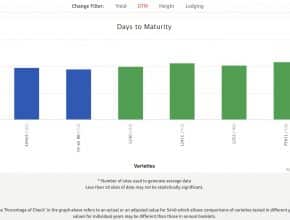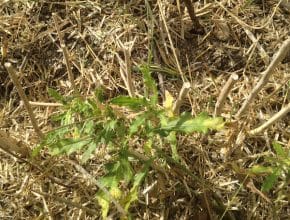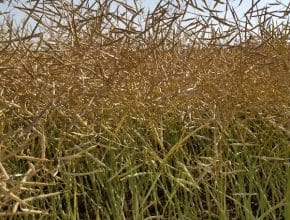Six questions provide tips on what to look for in fields this fall, and how these counts can help with field management in 2021…
September 23, 2020 - Issue 27
-
-
All canola should be conditioned immediately after combining to cool it down, even out the temperature throughout the bin and remove any moisture released through natural seed respiration that occurs in the first hours to weeks after harvest…
-
Average stem counts for each canola field harvested this year can put yield, quality and harvest date results in perspective and help with seeding rate decisions in 2021…
-
-
This list covers the options available for canola seed traits and describes official standards (if any) for each trait…
-
-
This article explains how to measure losses, and then how to set the combine to reduce losses…
-
-
Canola Watch has many valued connections, including the Canola Council of Canada, SaskCanola, Alberta Canola and Manitoba Canola Growers, as well as research institutions, government extension departments, ag businesses, universities and other commodity groups. This section provides timely support for canola-related projects outside of Canola Watch…



